For centuries, humans have altered birds’ natural capabilities for convenience and control. Wing clipping—the practice of trimming a bird’s primary flight feathers to prevent or limit flight—remains commonplace among pet bird owners worldwide. While many consider it a standard part of avian care, growing ethical concerns have sparked intense debate about whether this practice truly serves birds’ best interests or merely accommodates human preferences. This article explores the multifaceted implications of wing clipping, examining both the traditional justifications for the procedure and the mounting evidence suggesting it may cause significant physical and psychological harm to our feathered companions.
Understanding Wing Clipping: What Actually Happens

Wing clipping involves the trimming of a bird’s primary flight feathers—typically on both wings—to impair its ability to achieve lift and sustained flight. Unlike other forms of body modification, feathers will naturally regrow during the bird’s next molt cycle, making wing clipping a temporary but recurring procedure. The severity of clipping varies widely, from conservative trims that merely reduce flight capability to severe clips that render birds completely flightless and potentially unbalanced.
Professional avian veterinarians typically perform the procedure using specialized scissors, though many pet owners attempt to clip wings themselves without proper training, increasing the risk of accidents. The procedure itself doesn’t cause pain when done correctly, as feathers contain no nerve endings, but improper technique can lead to bleeding, injury, and significant stress.
Historical Context and Cultural Perspectives

The practice of wing clipping dates back centuries, originally used for both practical and decorative purposes across different cultures. In ancient civilizations, birds with clipped wings served as living ornaments in royal courts and noble households, while falconers used partial clipping to manage hunting birds without restricting their abilities entirely. More recently, during the Victorian era when keeping exotic birds became fashionable among the European elite, wing clipping became standard practice to prevent escapes from ornate indoor aviaries.
Different cultures maintain varying perspectives on the ethics of altering birds’ natural abilities—some seeing it as necessary management while others view flight as an essential right that should never be compromised. Today’s debates around wing clipping often reflect these historical tensions between viewing birds as decorative possessions versus sentient beings with intrinsic needs and rights.
Common Justifications for Wing Clipping

Proponents of wing clipping cite several reasons they consider the practice beneficial or necessary for pet birds. Safety concerns top the list, with many owners fearing their birds might fly into windows, ceiling fans, hot cooking surfaces, or escape outdoors where survival chances diminish drastically. Behavioral management represents another common justification, as clipped birds generally demonstrate increased dependence on their human caregivers and may be less likely to develop certain territorial behaviors.
Training advantages exist as well, with limited mobility making initial handling and taming procedures less challenging for inexperienced bird owners. Additionally, some multi-bird households implement clipping to establish hierarchy or prevent bullying behaviors between dominant and submissive birds, though this approach addresses symptoms rather than underlying social dynamics.
Physical Health Consequences

Despite being presented as a safety measure, wing clipping introduces several physical health concerns that warrant serious consideration. Flight-restricted birds often develop weakened breast muscles and compromised cardiovascular systems due to insufficient exercise, potentially leading to obesity and related health problems like fatty liver disease and arthritis. Bone density can decrease significantly in flightless birds, making them more susceptible to fractures and osteoporosis as they age.
Balance problems frequently occur with asymmetrical clips, causing birds to fall more often and potentially sustain serious injuries from crashes. Most concerning, clipped birds lack the ability to escape genuine threats—including predatory pets within the home, falling objects, or even aggressive humans—making the purported safety benefits questionable when weighed against these imposed vulnerabilities.
Psychological and Behavioral Impacts

The psychological effects of wing clipping may be less visible but equally significant for birds’ overall wellbeing. Flight restriction often triggers increased fear responses, as birds instinctively understand their compromised ability to escape perceived threats. Studies have documented higher stress hormone levels in consistently clipped birds compared to their flight-capable counterparts. Behavioral changes commonly observed include increased aggression, excessive vocalization, and self-destructive behaviors like feather plucking—often manifestations of frustration and psychological distress.
Perhaps most profound is the potential for learned helplessness, where birds eventually stop attempting natural behaviors after repeatedly experiencing inability to perform them, leading to depressive-like states. These psychological impacts raise serious questions about whether convenience for humans justifies potential long-term emotional damage to highly intelligent, naturally flight-capable animals.
The Autonomy Argument: Flight as a Fundamental Right

Many animal ethicists and avian welfare advocates frame the wing clipping debate around autonomy and natural rights. They argue that flight represents the most fundamental and defining characteristic of birds, and restricting this ability is equivalent to denying a core aspect of their identity and evolutionary design. This perspective views flight not merely as a means of transportation but as integral to how birds experience and interact with their environment—affecting everything from their social interactions to their cognitive development.
The autonomy argument gains further strength when considering that domestic birds retain essentially the same psychological needs and behavioral drives as their wild counterparts, despite generations of captive breeding. Critics of wing clipping suggest that if proper flight accommodation seems impossible, perhaps that particular species shouldn’t be kept as a household pet at all, rather than altering the animal to fit unsuitable living conditions.
Alternatives to Traditional Wing Clipping

As awareness of potential harms increases, bird owners increasingly seek alternatives that balance safety concerns with birds’ natural needs. Flight training represents perhaps the most comprehensive solution, teaching birds boundaries within the home, reliable recall commands, and safe landing techniques through positive reinforcement methods. Environmental modifications offer another approach, including installing window decals to prevent collisions, removing or covering hazards like mirrors and toxic plants, and creating designated safe flight zones within the home.
Some owners opt for partial or conservative clips that reduce flight capability without eliminating it entirely, allowing birds to glide safely to the ground rather than fall. Harness training has also gained popularity, enabling owners to safely take birds outdoors for enrichment while preventing escape, though this requires considerable patience and gradual acclimation.
The Expert Divide: Changing Veterinary Perspectives

The veterinary community itself demonstrates evolving and sometimes contradictory positions on wing clipping. Traditionally, most avian veterinarians recommended routine clipping as standard preventative care, particularly for new bird owners. However, research-based perspectives have shifted substantially in recent decades, with many progressive avian specialists now advising against routine clipping except in specific medical or temporary circumstances.
Professional organizations like the Association of Avian Veterinarians increasingly emphasize flight as essential for physical and psychological health while acknowledging that individual circumstances may occasionally warrant temporary flight restriction. This divide often creates confusion for pet owners receiving conflicting advice depending on their veterinarian’s training era and personal philosophy. The emerging consensus among avian behavioral specialists tends toward flight preservation whenever possible, with clipping viewed as a last resort rather than default management strategy.
Legal and Ethical Frameworks

Legal approaches to wing clipping vary dramatically across jurisdictions, reflecting broader societal attitudes toward animal welfare and autonomy. Several European countries have implemented restrictions on cosmetic and convenience-based alterations to animals, though specific legislation regarding wing clipping remains limited. In countries with more developed animal welfare frameworks, the legal standard increasingly involves “necessary suffering” tests that question whether a procedure’s benefits truly outweigh its potential harms.
Ethical frameworks for evaluating wing clipping typically consider principles of non-maleficence (avoiding harm), beneficence (promoting welfare), justice (fair treatment), and autonomy (respecting natural behaviors). These perspectives often lead to situation-specific rather than blanket recommendations, considering factors like household safety, bird species, individual temperament, and owner capability before determining if clipping represents a justifiable intervention.
Species-Specific Considerations

The impact of wing clipping varies significantly across different bird species, making generalized recommendations problematic. Small, agile species like budgerigars and cockatiels typically experience more profound effects from clipping, as flight represents their primary defense mechanism and exercise method. Larger parrots like macaws and cockatoos may adapt more readily to limited flight, though they still benefit enormously from flight opportunities for exercise and mental stimulation.
Ground-foraging species such as certain quail varieties naturally fly less frequently and may experience fewer negative consequences from flight restriction. Highly intelligent species with complex social structures, particularly African greys and corvids, often demonstrate the most severe psychological responses to flight limitation, including increased anxiety and stereotypic behaviors. Responsible ownership requires understanding the specific evolutionary adaptations and behavioral needs of each species rather than applying one-size-fits-all approaches to flight management.
The Bird’s Perspective: What Science Tells Us

Emerging research in avian cognition and neurobiology provides valuable insights into how birds might experience flight restriction. Neurological studies demonstrate that flight-related neural pathways occupy significant portions of avian brain architecture, suggesting fundamental importance beyond simple locomotion. Cognitive research consistently shows that flight capabilities directly correlate with birds’ exploratory behaviors, problem-solving abilities, and overall cognitive engagement with their environment.
Observational studies comparing flighted versus clipped birds of the same species reveal measurable differences in activity levels, social interactions, and indicators of positive welfare such as play behavior and vocalizations associated with contentment. Perhaps most compelling are behavioral studies showing that when given free choice, previously clipped birds who regain flight ability almost universally choose to fly regularly, strongly suggesting an inherent preference and need for this natural capability.
Making Informed Decisions: A Balanced Approach

For bird owners navigating this complex ethical territory, several considerations can guide responsible decision-making. Honestly assessing the living environment represents an essential first step—identifying genuine hazards versus manageable challenges and evaluating whether the space can reasonably accommodate safe flight. Understanding the specific species’ natural behaviors and flight patterns provides crucial context for evaluating how significant flight restriction might impact that particular bird. Consulting with avian specialists who emphasize behavioral solutions rather than defaulting to physical alterations can provide valuable individualized guidance.
Temporary compromises may sometimes bridge the gap—such as partial clipping during initial adjustment periods while simultaneously bird-proofing the environment and implementing flight training. The most ethical approach typically involves viewing wing clipping not as a routine procedure but as an intervention requiring specific justification, with the burden of proof falling on demonstrating necessity rather than convenience.
Conclusion: Toward More Compassionate Avian Care

The wing clipping debate ultimately reflects evolving understandings of what we owe the animals in our care. As scientific knowledge about avian cognition, emotional complexity, and physical needs continues to expand, traditional practices increasingly warrant reconsideration through contemporary ethical lenses. While wing clipping may occasionally serve legitimate welfare purposes in specific circumstances, the growing evidence suggests that routine clipping primarily serves human convenience rather than bird wellbeing.
Moving forward, the most promising approach combines enhanced education about natural avian needs, improved housing and training methodologies that accommodate flight, and individualized assessment rather than default procedures. By questioning long-standing practices and prioritizing birds’ intrinsic needs alongside human preferences, the avian care community can continue evolving toward management approaches that honor the remarkable creatures that share our homes while respecting their fundamental nature as beings born to fly.

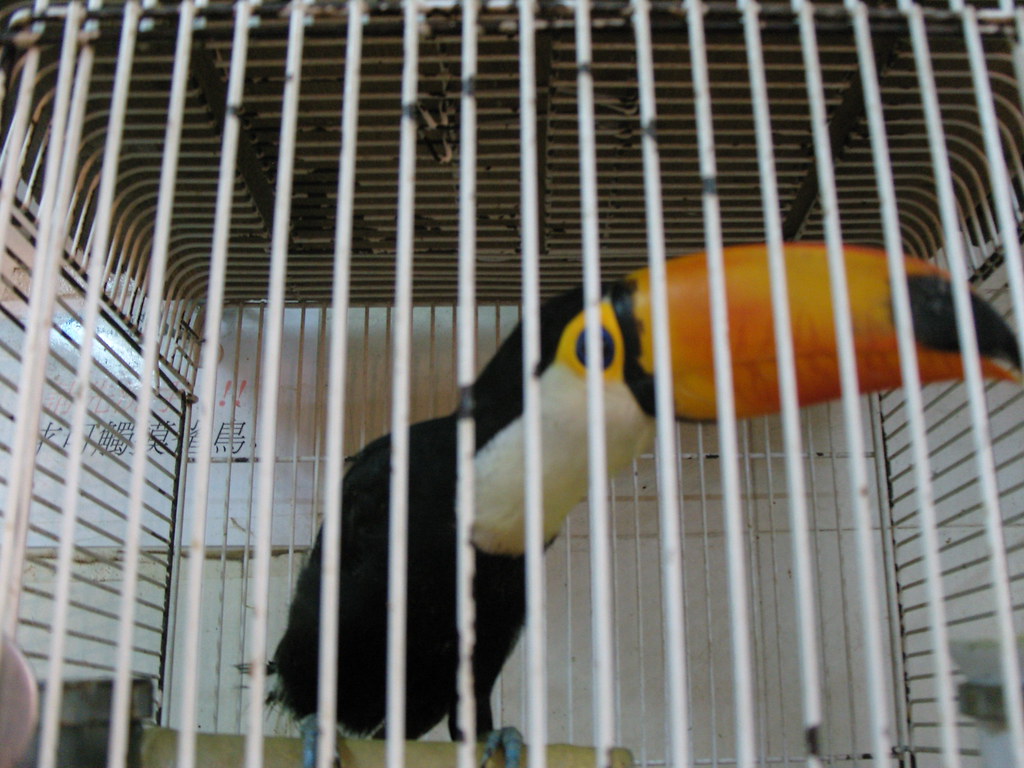
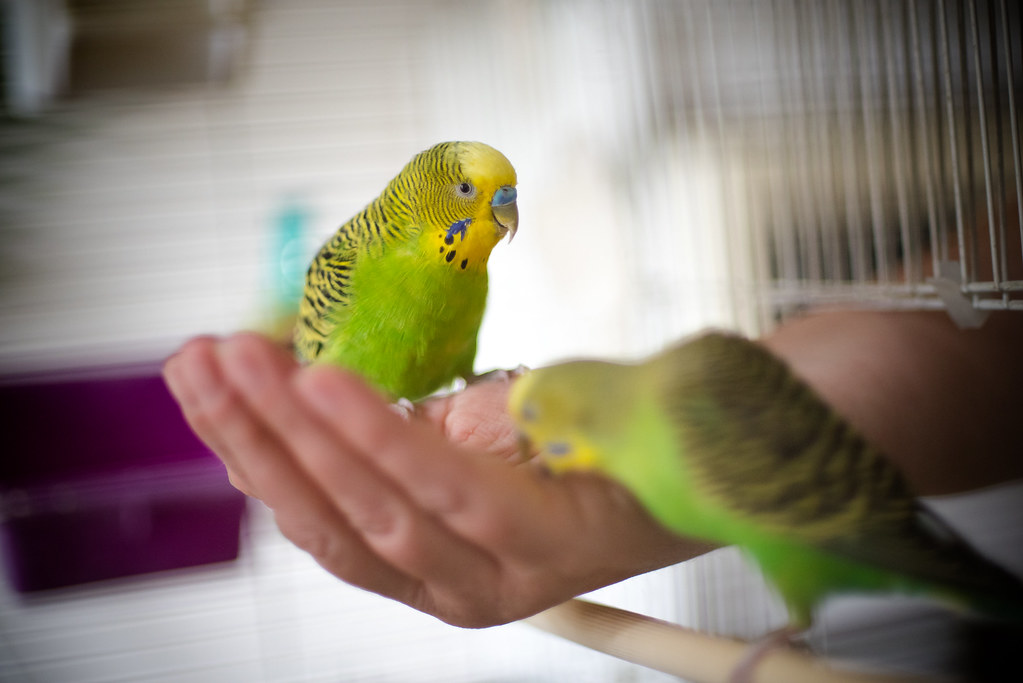
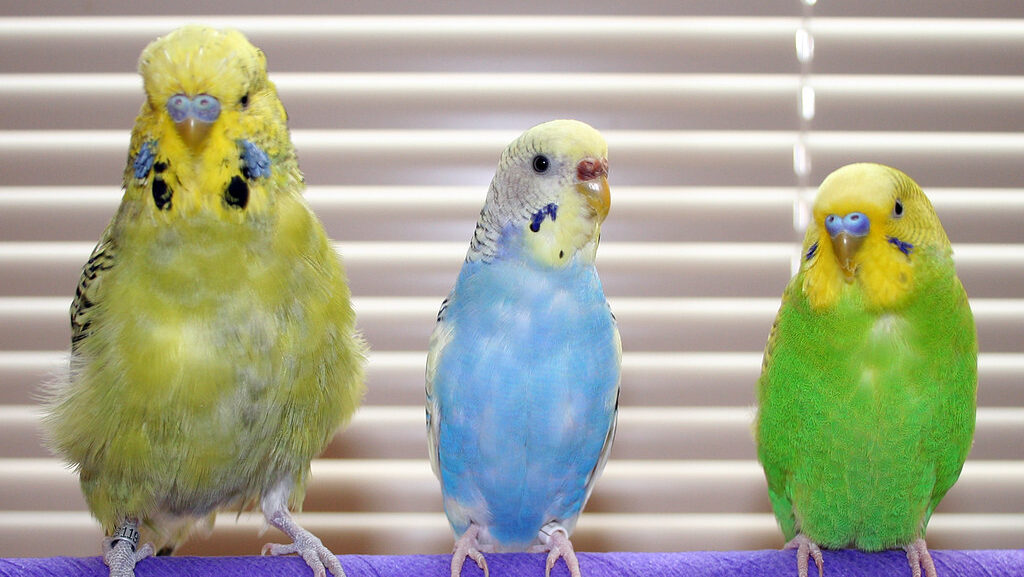
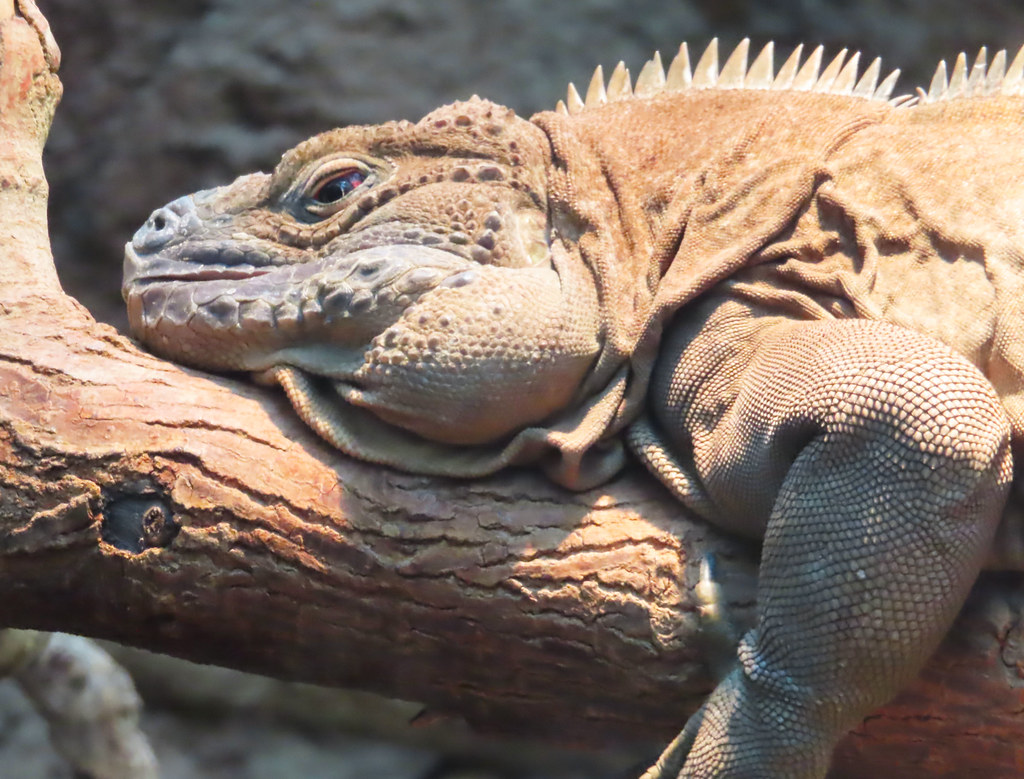

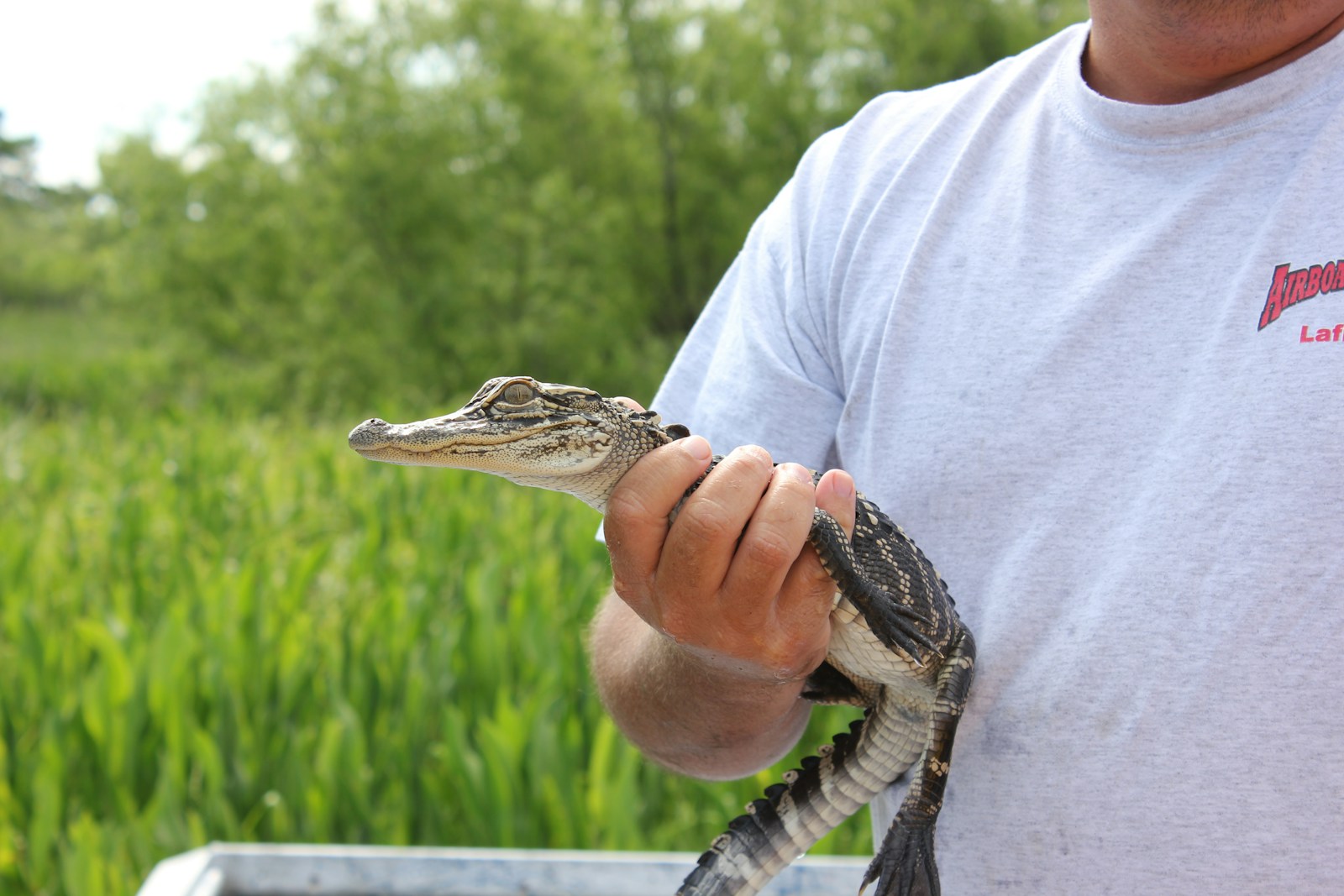

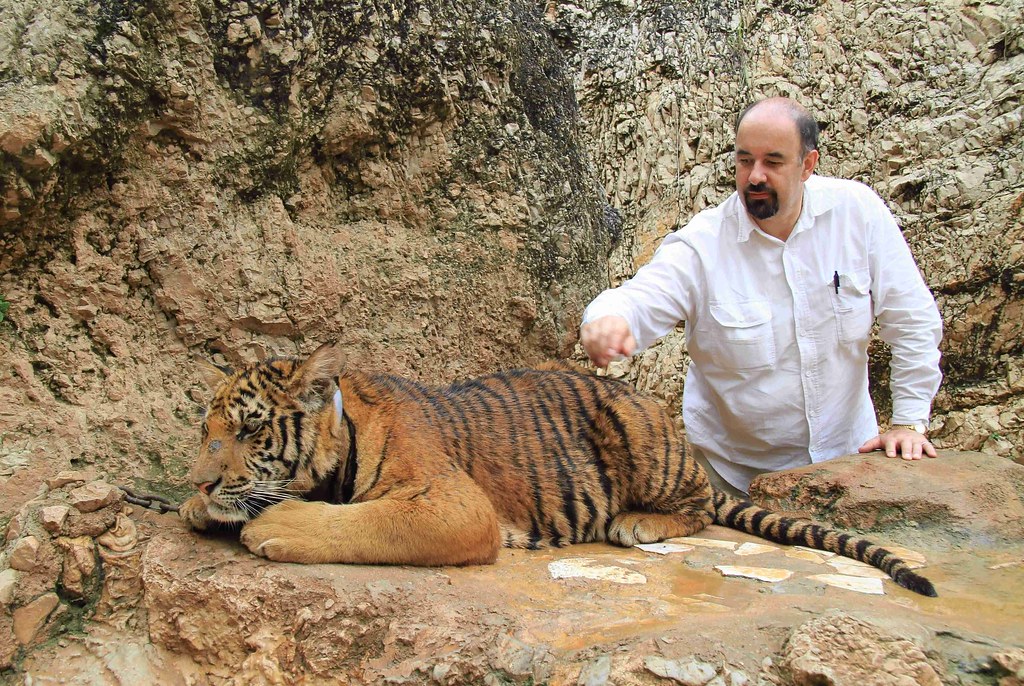
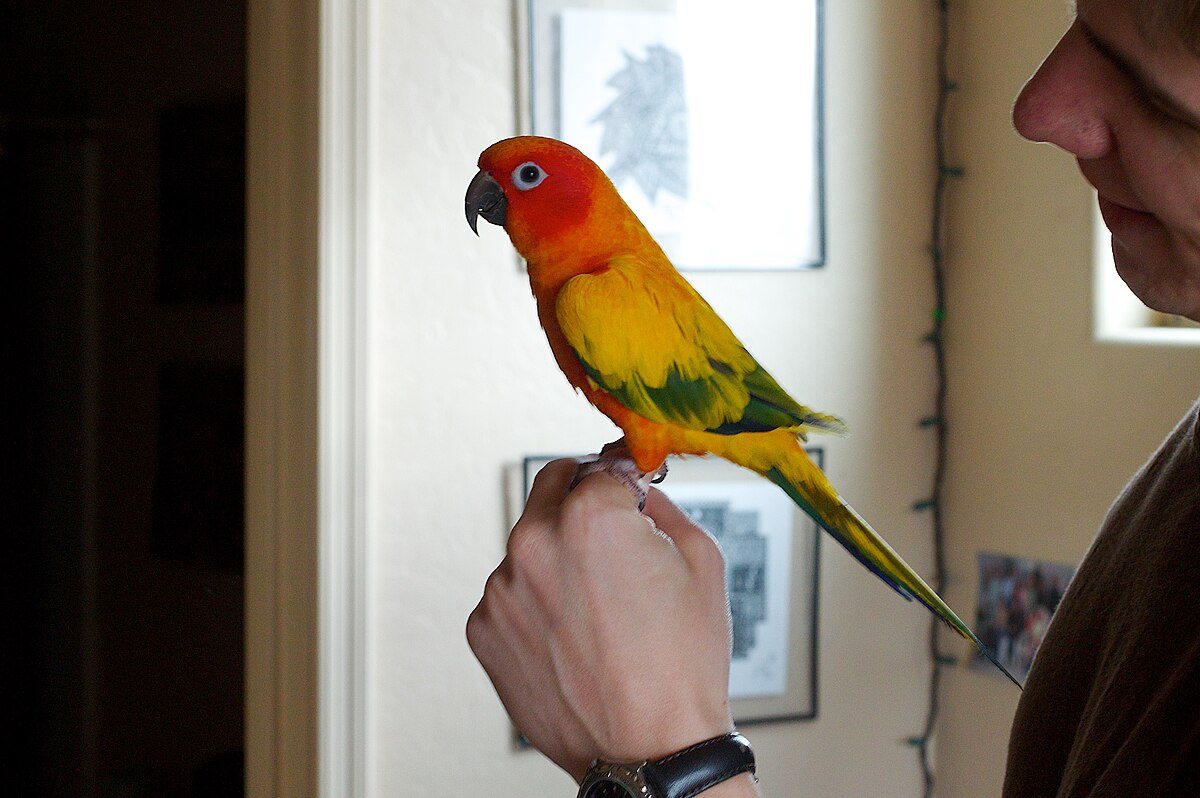
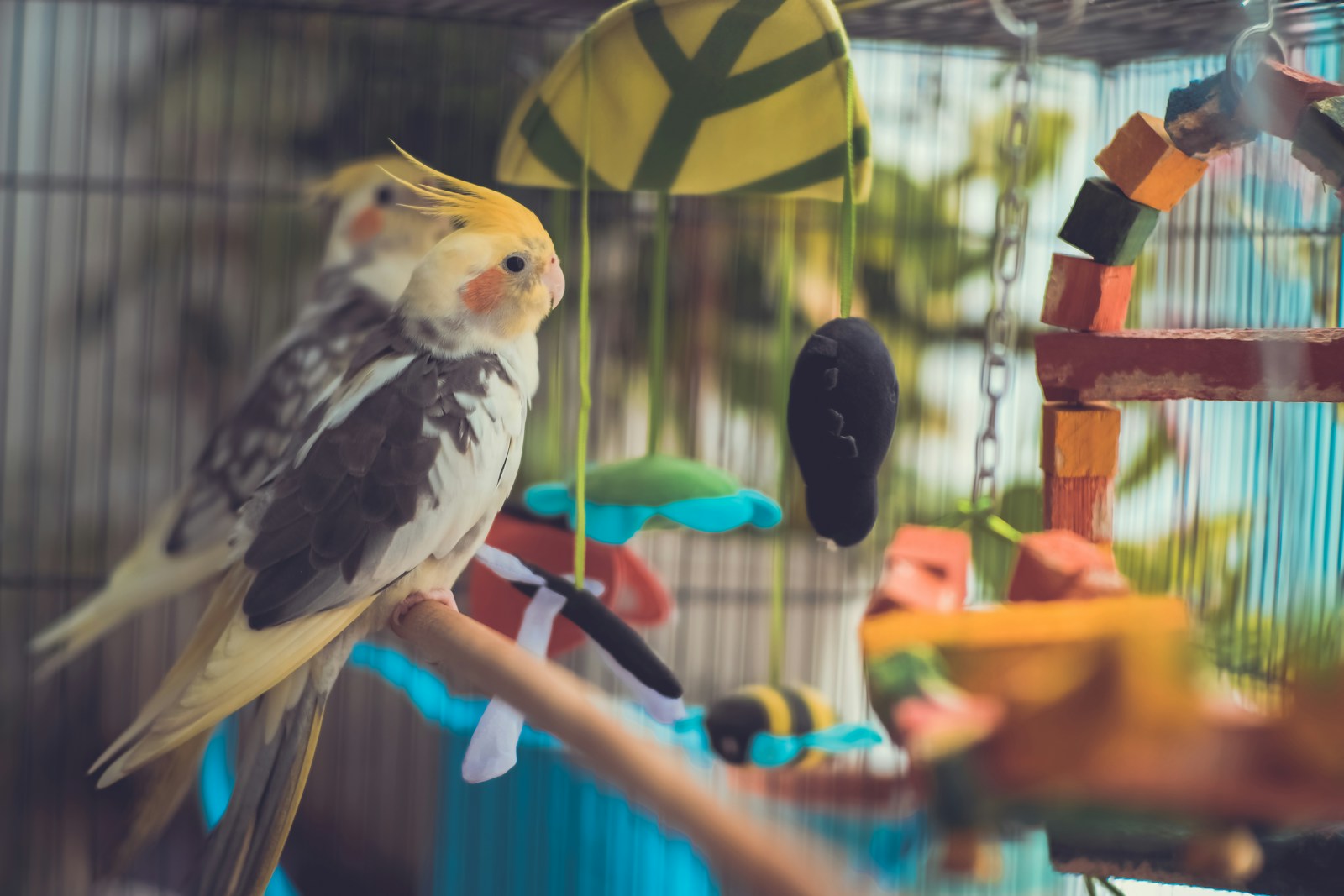




Leave a Reply